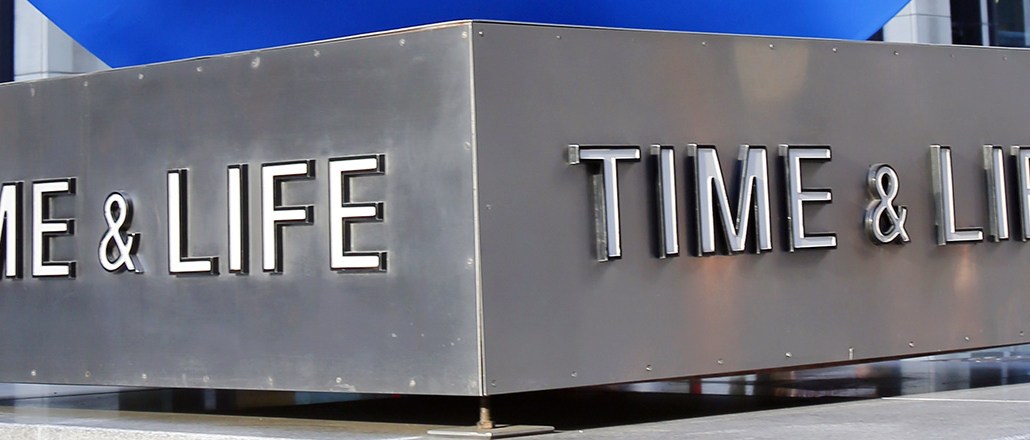
Time Inc.’s People magazine is rolling out an ambitious online store as part of the publisher’s attempt to get growth back on track a year after its spinoff from Time Warner.
The store, called People Shop, is a channel on People.com that will sell lifestyle products and accessories that are picked by the magazine’s editors and inspired by celebrities. Some of the product will be exclusive to the shop, like a pair of headphones created with electronics brand Frends and eyeshadow set inspired by the movie Pan in collaboration with Julep.
The effort comes as Time Inc.’s revenue decreased 6 percent year-over-year in the second quarter, led by a 9 percent decline in advertising dollars.
“The best we can do with print is to stabilize it,” said Jess Cagle, editorial director of People and Entertainment Weekly. “It’s still very important. However, the growth area is in digital, in video, in television development, in e-commerce, in mobile. Those are the areas we really have to look at. People and EW, these are start ups with the greatest head start in the world. So the most important thing is leveraging these brands really smartly.”
In the case of People, that means selling products based on popular editorial content, like pets and the Royal family.
This isn’t People’s first e-commerce foray; it creates videos with Joyus featuring items chosen by People editors. But the People Shop effort goes further than most publishers in that People will be picking and stocking the inventory itself (using a warehouse and fulfillment company in St. Petersburg, Fla., to store and send the goods). Most publisher e-commerce efforts to date have involved putting product links on their sites that take the shopper to the retailer’s page, which is low risk but also low reward.
E-commerce is a tempting way for publishers to build a new revenue stream, but it’s fraught with risks. Commerce can backfire if products are awkwardly juxtaposed with editorial content, as evidenced by The Washington Post’s plopping a buy button into a controversial book review, or if it feels like the publisher is compromising its editorial integrity to sell product. Going the true retail route as People is doing means choosing what products to sell and stock the inventory (not to mention compete with more experienced retailers, including their own advertisers).
Getting people to buy from a publisher also isn’t the most natural behavior to start with, especially when they have retail giants like Amazon to go to, said Scott O’Neil, senior vp of North America for MPP Global, a paywall and commerce platform for publishers. “If I’m going to the publisher’s website, I’m going there for information, I’m not going there to browse a massive online mall. People don’t say, ‘I want to buy something — I’m going to The New York Times website or the People website.’”
In the case of People, having some commerce experience gave it the confidence to create the shop in-house. “We’ve done enough gift guides that we know what spikes with our readers,” Cagle said. The magazine made the shop its own channel rather than sprinkling buy buttons throughout articles because of the trust issue, he said. “The audience is inclined to buy, but we don’t want to trick anyone into going into our shop. Users are so used to being tricked and upsold.”
Its confidence aside, People is still hedging its bets by starting with a limited number of products (150) from a small number of brand partners (18) and relying on in-house editorial and consumer marketing expertise, though the hope is to add dedicated retail staff over time. “We’re starting very conservatively; we’re not building Macy’s right now,” Cagle added.
Image courtesy of People.
More in Media

From sidelines to spotlight: Esports events are putting creators center stage
Esports events’ embrace of content creators reflects advertisers’ changing priorities across both gaming and the wider culture. In the past, marketers viewed esports as one of the best ways to reach gamers. In 2025, brands are instead prioritizing creators in their outreach to audiences across demographics and interest areas, including gaming.

Condé Nast and Hearst strike Amazon AI licensing deals for Rufus
Condé Nast and Hearst have joined the New York Times in signing a licensing deal with Amazon for its AI-powered shopping assistant Rufus.

Media Briefing: AI payouts may be entering a new era
AI compensation is evolving — and new models, not just publisher demands, are driving the shift beyond flat-fee licensing.





